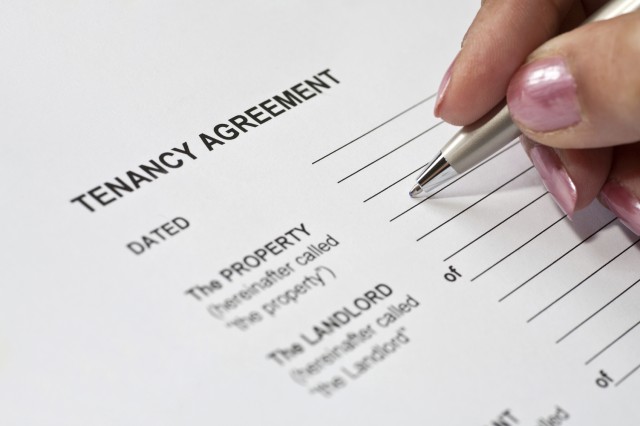A Landlord’s Guide to Assured Shorthold Tenancies

The most common type of tenancy in the UK is an Assured Shorthold Tenancy (AST). The majority of new tenancies are automatically this type, so it is vital that all landlords understand them.
What is an AST?
A tenancy can be an AST if all of the following apply:
- You are a private landlord or housing association
- The tenancy started on or after 15th January 1989
- The property is your tenants’ main residence
- You do not live in the property
A tenancy cannot be an AST if:
- It began or was agreed before 15th January 1989
- The rent is more than £100,000 per year
- The rent is less than £250 a year (or £1,000 in London)
- It is a business tenancy or tenancy of licensed premises
- It is a holiday let
- The landlord is a local council
The contract

A Landlord’s Guide to Assured Shorthold Tenancies
ASTs usually last for six or 12 months. The contract must be given to the tenant to sign before the tenancy starts.
The tenancy agreement details how much rent is owed, who is responsible for repairs and how long the tenancy lasts. Although you are responsible for most repairs, such as work to the roof, walls, windows, doors, wiring and plumbing, the contract should state who is responsible for other work, such as garden maintenance.
Under an AST, the tenant must take care of your property and conduct day-to-day tasks, such as changing light bulbs.
Tenancy deposits
At the start of an AST, you should take a sum of money from the tenant as a deposit, in case the property is damaged or rent is unpaid when they move out. You must protect the deposit in one of three Government-approved tenancy deposit protection schemes.
The deposit should then be returned at the end of the tenancy. However, you can make reasonable deductions if the tenant has caused damage or fallen into rent arrears during the tenancy.
Inventories
You should always create an inventory for each new tenancy that includes a detailed description of the condition and contents of the property, as well as photographs. The tenant must agree and sign the document before they move in.
Inventories will help you resolve tenancy deposit disputes at the end of the tenancy.
Rent rises
You cannot increase the rent price stated in the tenancy agreement during the fixed term of an AST, unless the contract details when it can be raised.
Once the fixed term ends, you can increase the rent.
Repairs
If your tenant requests repairs, or you discover any damage during periodic inspections, you must conduct the necessary work, or have a reputable tradesperson complete the repairs on your behalf. You must remember to give your tenants at least 24 hours’ notice before you access the property.
Also, you are legally obliged to arrange a gas safety inspection every year. Once this is complete, you must give a copy of the gas safety certificate to your tenants.
Renewal
Your tenant has a number of options when the AST ends. They can:
- Ask for a new fixed term contract – they should be aware of any renewal fees they’d have to pay and any rent increase you decide to implement
- Leave at the end of the fixed term – you may decide to request notice before they leave
- Stay beyond the fixed term, even if they don’t sign a new contract – the agreement becomes periodic and rolls from month-to-month at the same rent
- Leave before the end of the fixed term – the contract may include a break clause that gives them this option
Eviction
Tenants have some protection from eviction if they rent on an AST. They must be given notice to leave, and this must be served in the correct manner.
Landlords, you must get a court order to evict your tenants and follow a set of procedures. The most common forms of eviction notice are section 21 and section 8 notices.
You do not need to give grounds for eviction if you use a section 21, although a reason is required for section 8 notices.
If you rent your property on an AST, which you most likely do, you must understand the rules surrounding this type of tenancy. Don’t be caught out when letting your property!
Disclaimer: This article is for information only and is not official guidance, FCA approved, or legally precise. Just Landlords has used all reasonable care in compiling the information but make no warranty as to its accuracy. If you require information on landlord legislation or best practices please contact your legal representative. For details see our conditions.




